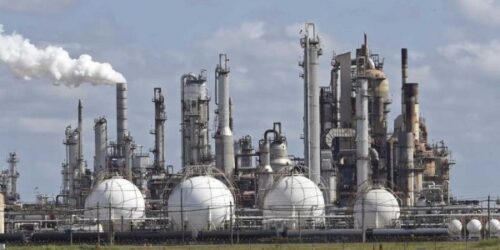After an epic, pandemic-induced crash in 2020, the U.S. stock market has gone back to winning ways and is enjoying yet another bumper season in the current year. The S&P 500 is already up 16.0% in the year-to-date and constantly taking out fresh all-time highs. Few sectors of the market have, however, done better than the long-suffering energy sector. After years of underperformance, the energy sector has been a standout performer in the current year with the Energy Select Sector SPDR ETF (NYSEARCA:XLE) up 30.0% YTD, second only to the 49.8% YTD gain by the retail sector’s SPDR S&P Retail ETF (NYSEARCA:XRT).
The Delta variant of Covid-19 has cast a dark shadow on the entire market. Analysts, though, are saying the latest wave of infections is yet to translate into a decline in spending, with most consumer spending metrics such as air traffic, dining out and movie box office still in positive territory.
After a period of heightened volatility due to an OPEC+ spat on production levels, the energy sector is bouncing back, with Wall Street remaining largely bullish on the mid-term outlook.
The oil sector has lately been hogging the limelight after last year’s crash sent oil prices into negative territory. However, the natural gas sector has been even more impressive, with the best-known nat. gas benchmark, the United States Natural Gas ETF, LP (NYSEARCA:UNG) up 48.6% YTD thanks to an ongoing natural gas rally.
Natural gas futures were trading at $3.95/MMBtu on Thursday, putting them on track for their fourth straight month of robust gains. Natural gas has jumped 63.4% from the start of the year and 135.7% from a year ago, with prices back to levels they last traded at in December 2018, when gas last traded above $4.
Looking closely at those numbers, you will notice that natural gas stocks have lagged the commodity they track by almost 15 percentage points so far this year and a whopping 95 percentage points over the last 12 months.
That seeming anomaly can be chalked up to the fact that natural gas equities trade based on the price of longer-dated futures. While futures with near-term maturities tend to fluctuate based on near-term dynamics such as the weather, stock investors tend to be more concerned about what the market might look like in 18 months or more.
Bearing this in mind, here’s why many natural gas stocks could actually be undervalued at this point.
Bullish natural gas outlook
It’s a well-known fact that the fossil fuel sector is, by far, the biggest contributor to greenhouse gas (GHG) emissions. In fact, the EIA released a damning report that in 2018, carbon dioxide (CO2) emissions from burning fossil fuels were equal to ~75% of total U.S. anthropogenic GHG emissions and ~93% of total U.S. anthropogenic CO2 emissions (based on 100-year global warming potential).
Over the past half-decade, natural gas producers have been re-branding and touting the commodity as the perfect energy bridge that will continue to play a major role in our energy mix as the world gradually adopts cleaner energy sources. Natural gas emits 50 to 60 percent less CO2 when combusted in a new, efficient







